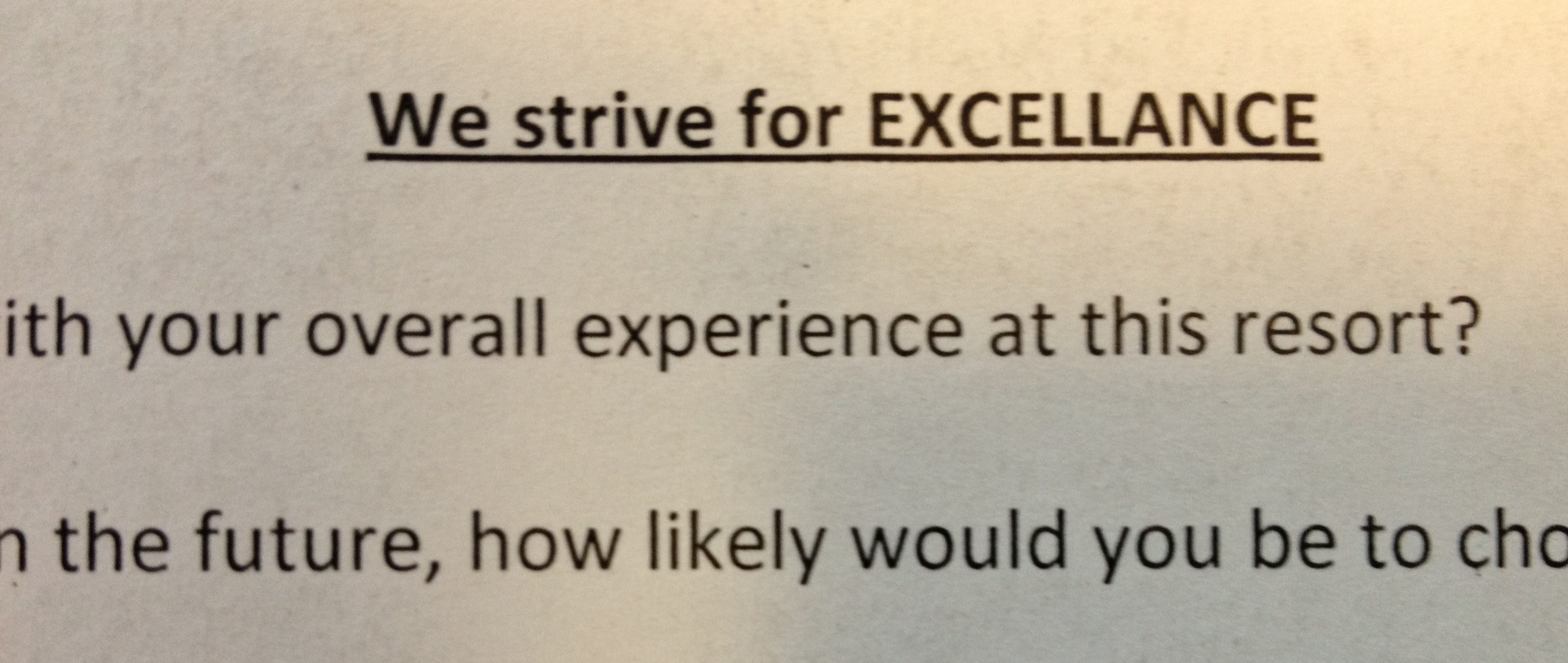In many organizations there are employees who not only serve customers, they ARE customers.
These “internal” customers are employees who rely on the information and resources provided by fellow employees who work in support functions such purchasing, HR, accounting, IT/information, etc. The level of quality service and support that “internal” customers receive from them impacts their ability to effectively serve a firm’s “external” customers.
Players on the same team?
Consider this statement from a colleague in a customer-contact position who described the response her department received when requesting assistance from support employees in the organization’s parent company: “Sometimes we’re mildly ignored, and other times we’re barely tolerated or just dismissed.” Imagine the frustration she and her team experienced trying to do their jobs.
When internal customers have their business service needs taken care of by co-workers — getting prompt responses to questions and requested support — they can then take care of the company’s external customers. Conversely, when these employees get poor service that impedes their ability to effectively do their jobs, they make take out their frustrations on other employees as well as customers — all contributing to a less than satisfactory work environment.
 So which customers come first?
So which customers come first?
The answer to this question is easy.
“Paradoxically, to achieve an emotionally connecting customer experience, employees come first, ahead of the customer.” Tom Peters
It’s not that one group is more important than the other; both are critical to an organization’s success. The overarching reality is that the quality of the employee experience (that of all employees in supporting and/or internal customer roles) ultimately impacts the quality of the customer experience.
To paraphrase my often-cited quote: “If employees don’t feel valued, neither will customers – internal and external.”
[Feather/egg image by congerdesign from Pixabay. Chick image by Azkia A. Mardhiah from Pixabay]









